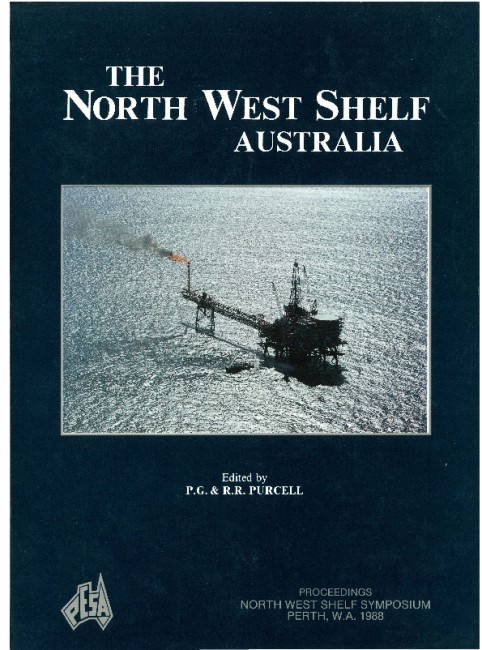Publication Name: The North West Shelf Australia
Authors: P.J. Gunn
Date Published: July 1988
Number of Pages: 22
Reference Type: Book Section
Abstract:
The Bonaparte Basin of northwestern Australia commenced development as a Devonian rift which underwent a pivot-type opening about a pole at its southern end.When extension ceased in the Mid Carboniferous the bounding faults at the northern end of the rift were separated by 250+ km and crustal splitting on the floor of the rift had allowed the emplacement of a 100+ km
expanse of oceanic crust. In contrast, the bounding faults at the southern end ofthe rift are only 80 km apart
and the intervening crust is entirely continental.
Transform/transfer fault systems perpendicular to the rift axis accommodated differential crustal spreading rates and separated the rift longitudinally into a series of tilted block systems of differing symmetries.
A key element in the rift development was the intrusion of a large axial dyke of dense, magnetic, upper mantle material; this was an immediate precursor to the crustal splitting process. The dyke reached progressively higher levels as the rift widened over a thinning continental crust. At the northern end of the rift crustal splitting occurred along the axis of the intrusion. Doming of the rift-fill sediments by the axial intrusion, and the subsequent formation of an oceanic depression controlled erosion and sedimentation within the rift during the final stages of its development. With the termination of crustal spreading the Bonaparte Basin underwent a long period of subsidence and associated burial. Bonaparte rift structures were preserved in their attitudes existing at the end of the crustal spreading process, and their geometry is reflected by drapes in the subsidence phase sediments.


